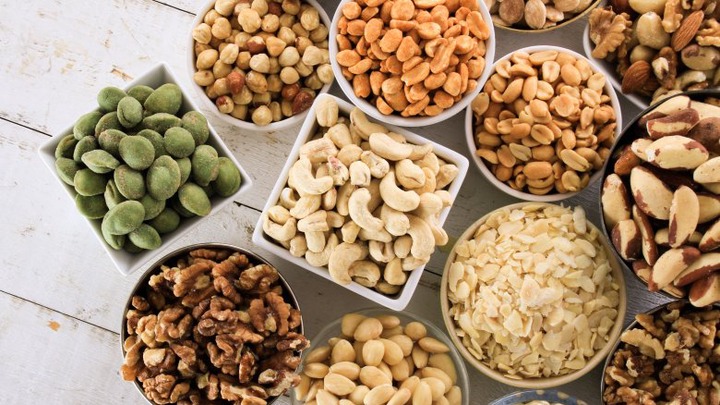A nut is a fruit consisting hard nutshell protecting a kernel that is usually edible. Nuts contain the diverse nutrients that are needed for the growth of a new plant. Composition varies, but they tend to have a low water and carbohydrate content, with high levels of fats, protein, dietary minerals, and vitamins.
If you’re looking for a healthy snack, nuts might seem like a sure-fire win. But there are ways to go very, very wrong with picking up some nuts, so let’s take a look at some that might ruin all of your best intentions, and might even make you sick. Below are 4 nuts you need to avoid eating.
1. Bitter almonds
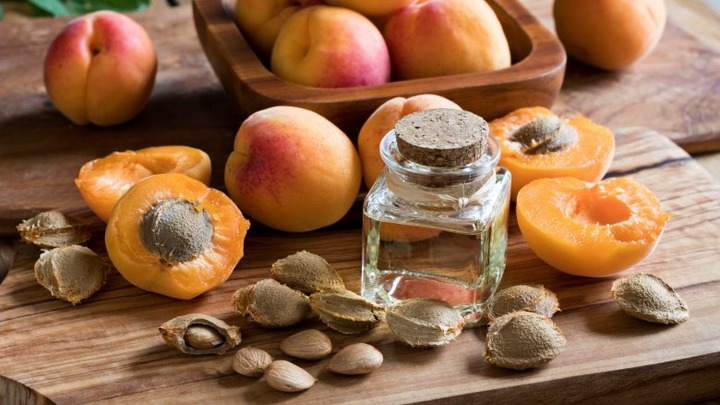
Almonds might be delicious, but bitter almonds can be deadly. The kind we eat by the handful are sweet almonds, but bitter almonds are apricot kernels. Even though they’re what gives that almond flavor to things like marzipan, eating them raw is dangerous. Raw bitter almonds are filled with a type of cyanide, and when they’re prepared properly, they’re cyanide-free and used as spices or flavorings.
2. Peanuts
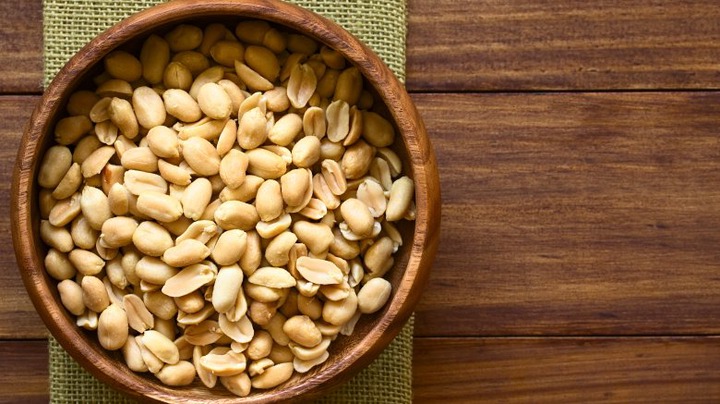
Peanuts are a common enough snack, but there are a few things you should be aware of. A serving(1.5 ounces) will give you some valuable vitamins and nutrients, that same serving size is going to account for a big chunk of your daily calorie intake. If you’re sitting on the couch and munching peanuts while you’re watching television, that’s going to add up fast and just half a cup is a fifth of your calories for the day.
Peanuts are also associated with something called aflatoxins. So, Since they’ve been linked to an increase in the risk of liver cancer, it’s vitally important to make sure you don’t eat any peanuts that look moldy or discolored.
3. Horse chestnuts
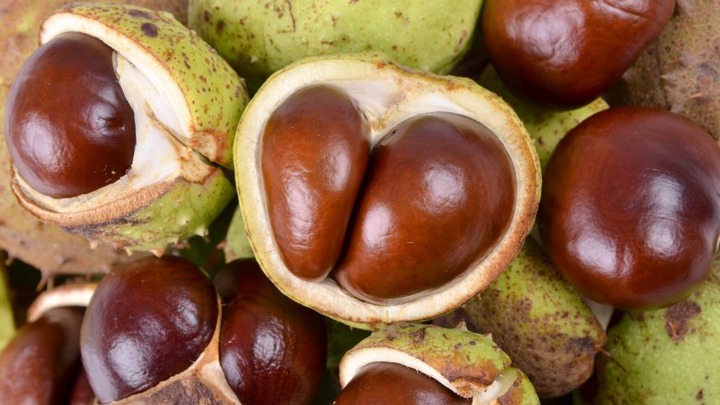 Chestnuts are one of the nuts you need to eat more of, but you should never, ever eat horse chestnuts. They look similar both are the same color brown, and both have a lighter brown spot but horse chestnuts are completely smooth. The good kind of chestnuts have a little point, and the difference is crucial.
Chestnuts are one of the nuts you need to eat more of, but you should never, ever eat horse chestnuts. They look similar both are the same color brown, and both have a lighter brown spot but horse chestnuts are completely smooth. The good kind of chestnuts have a little point, and the difference is crucial.
Despite how similar they look, horse chestnuts and chestnuts aren’t related. Every part of the horse chestnut has a toxin that causes vomiting and, in large enough doses, paralysis.
4. Pine nuts
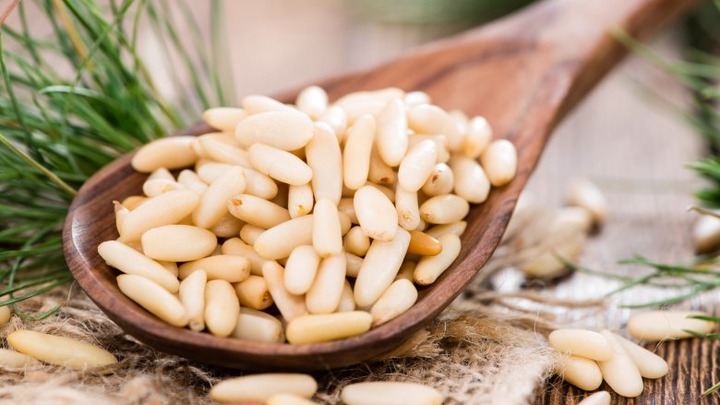
Pine nuts might be just the finishing touch a recipe calls for, but there’s a weird and completely unexplained thing that can happen when you eat them. It’s called pine mouth or pine nut syndrome, and it’s a temporary thing that usually develops somewhere between 12 and 48 hours after eating the nuts.
For a time, everything else will taste bitter, metallic, or rancid, and some people have had the taste last for months. For most, it subsides after a few days to a couple of weeks. The FDA has issued an alert, but there’s been no confirmation as to what causes it and how to prevent it.

 Business7 days ago
Business7 days ago
 Crime1 week ago
Crime1 week ago
 Business1 week ago
Business1 week ago
 Latest4 days ago
Latest4 days ago
 Latest5 days ago
Latest5 days ago
 Politics1 week ago
Politics1 week ago
 Business5 days ago
Business5 days ago
 Education1 week ago
Education1 week ago
